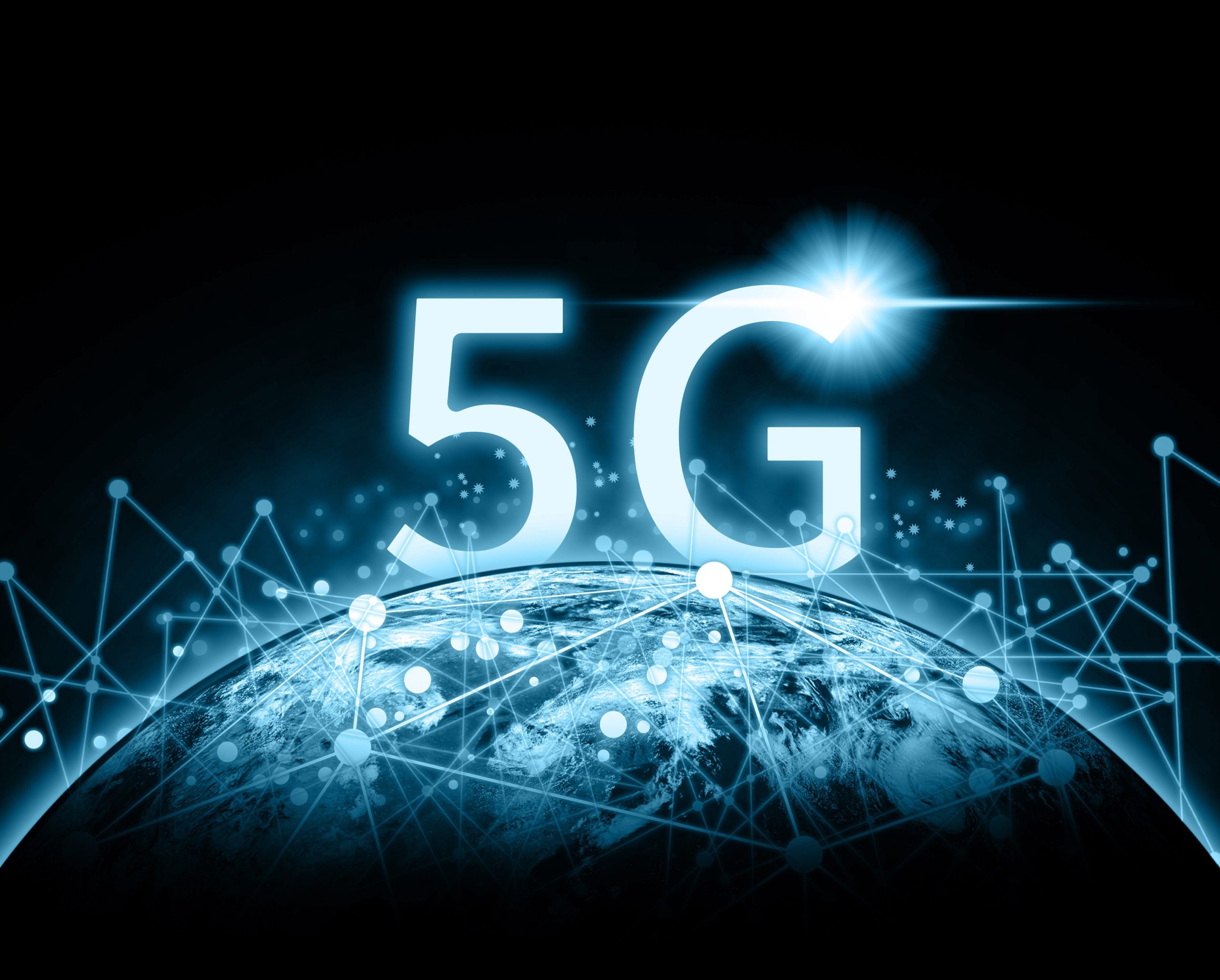India has incredible potential for growth and progress, particularly in rural areas. To unlock these possibilities, it is essential to ensure nationwide internet connectivity – even the most remote corners of our nation must be included on this journey! With 5G technology now available, a new wave of development and empowerment will sweep through India’s countryside. STL works collectively towards creating an ever-brighter future for all Indians!
There has been a paradigm shift in communication due to the epidemic, with more people working remotely, taking online classes, and streaming content from digital platforms. As a result, fibre rollout services are set to grow exponentially all over India – both urban and rural areas alike. This will enable the faster rollout of 5G technology that benefits our nation’s citizens greatly by providing them access to higher-speed connections for development & growth.
Image Credit : corning.com – Evolution of wireless access
Contents
Why is 5G different?
With so many potential uses, 5G’s impact on the fibre infrastructure may be more revolutionary than evolutionary.
The influence of 5G may be seen in almost every sector of the economy, realizing the promise of a totally connected society. IoT will redefine the way we work and live forever. With 5G we will see a new level of transformation which will open up a whole new bundle of economic possibilities.
- 5G smart buildings, towns, and communities will improve efficiency in service delivery to residents, foster more cooperation across diverse economic sectors, and inspire fresh approaches to public and private sector enterprise.
- By facilitating virtual medicine, 5G will significantly improve the efficacy of preventive care and robotic surgery in healthcare.
- With autonomous cars, we can reduce accidents, make parking more convenient, and lessen the impact of traffic congestion.
All the possibilities mentioned above rely significantly on real-time information, which increases the importance of having low latency and large bandwidth. Due to this, edge computing is essential for the rapid conveyance of time-sensitive data.
Why are fibre rollout services important for 5G?
Image Credit : communicationstoday.co.in – Global broadband takeup
Faster speeds, higher performance, reduced latency, and much more dependable service are just a few reasons why everyone eagerly awaits the rollout of 5G. However, the network infrastructure that supports 5G is seldom discussed, despite the fact that it must be capable of continually supporting millions of devices simultaneously. When it comes to the “extremely critical” backhaul component of 5G networks, fibre is at the top of the list.
Data transfer: The Internet of Things and Big Data, both of which depend significantly on constant, near-instantaneous data transport and collecting, benefit from the reliability and speed of 5G networks. Because these data are being used to make decisions in an automated fashion, they must arrive at their destinations as quickly as possible with no interruption. Fibre is the best option for cable for this application due to its high bandwidth capability.
Rising network demands: This nonstop flow of data puts additional strain on the network in the form of increased requirements for things like wireless coverage and network availability, as well as the previously noted decreases in latency and increases in bandwidth. The increasing human population and the proliferation of portable electronic gadgets are to blame. But we may not be aware of another layer of connection: things like smart LED light bulbs and security cameras that don’t need human supervision or management. Such gadgets function autonomously on their own networks to which they link directly. By extending fibre closer to the network’s edge, venues like stadiums can use 5G’s increased bandwidth and capacity.
High-frequency radio and small cells: More tiny cells/nodes and mobile edge computing will be needed to overcome any network bottlenecks and allow 5G networks to reach their full performance potential. The mmWave frequency is often used for deploying these nodes, and fiber-cable infrastructure provides the backhaul for these networks. Additionally, 5G mobile networks use substantially higher radio frequencies to manage bigger data volumes than previous-generation networks. However, because of the limited range of these frequencies, more “cells” covering smaller areas must be deployed throughout a venue.
These cells re-distribute the signals from network carriers, either over the air or through a direct channel, and spread them out across a large region in order to deliver multi-gigabit service to the users at applications that need access to 5G networks. The cells can be femtocells, tiny cells, business RANs, DASs, or even Cloud RANs, depending on the use case (CRAN). Carrier signal will be weak within buildings without these cells.
Inside problem: 5G networks need to be linked through fibre optics since higher frequencies cannot pass through obstacles like walls, trees, or windows. More fiber optic cables connecting nano-masts are required for 5G to function at its full potential. Compared to fibre, 5G’s speed is much superior. Therefore, limitations in 5G performance are to be expected without the use of fibre optics.
To sum up, fibre is the best option for 5G because of its scalability, security, and capacity to manage the enormous quantity of backhaul data that will be created. This highlights the significance of fibre rollout services even more. Reasons for this include fibre’s immunity to electromagnetic interference, its almost infinite capacity potential, and its ability to handle the higher speeds required for 5G with reduced attenuation. Fibre is superior not just because of the backhaul element of the network but also because of the front-haul portion.
Image Credit : precedenceresearch.com – Market size of fiber optics
India’s fibre situation
India’s low tower fiberization is hampering the ambitious 5G deployment, which has not yet reached the halfway level against a goal of 70% by 2024. This puts India behind other emerging nations, such as Thailand (90%) and Malaysia (80%).
Even more locally, the Digital Infrastructure Providers Association reports that just 30% of sites in states like Delhi, Uttar Pradesh, Bihar, and Gujarat have fibre connections and that only 40% of tower locations in Himachal Pradesh and other distant districts in the Northeast are fiberized (DIPA).
Fiberization is important. Despite the government’s encouragement of fiberization, just around 30% of our towers are fiberized, making this a crucial need for 5G. Market projections put the amount of money needed to completely fiberize 70% of towers by 2024 at roughly Rs 45,000 crore.
Image Credit : techherald.in – Broadband lines
New ways of doing business will evolve
Industry leaders have been compelled to reevaluate their strategies in light of the widespread adoption of high-speed broadband. Here are some of the industry’s newer business models:
- Operators have formed separate fibre businesses in an effort to increase the use of fibre to save costs and deleverage their financial sheets. The value of assets could be increased via collaboration, excess capacity could be put to good use, the most efficient routes could be developed, operational efficiencies could be realized, and more financial freedom could be gained.
- Some tower companies are considering playing host to FTTH providers as neutral parties. Future towers may serve as neutral hosts for telcos, allowing them to focus on meeting the demand for FTTH services. Since the neutral host model gives the user a choice of which service provider to choose, it naturally sees more acceptance. To add insult to injury, it lowers service providers’ total capital expenditures. The neutral host’s specialized knowledge may also help service providers shorten their development and deployment cycles.
Government initiative: BharatNet
The Government of India is launching a comprehensive broadband infrastructure project to revolutionize information access and amplify governance effectiveness. Uplifting 250,000 panchayats across India with fibre optic cable-based high-speed internet connectivity at 100 Mbps minimum, this initiative looks set to drive greater efficiency in service delivery through better accountability measures, cultivating transparency and decentralized decision-making along its path!
Spearheaded by Bharat Broadband Network Limited (BBNL), it’s not just about creating an enhanced digital experience for citizens but also triumphing e-governance services – linking everyone directly into every layer of progress.
RailTel is leading the charge in connecting thousands of rural panchayats to modern broadband capabilities! Recently, they were selected as an implementing partner for a major project involving 36,000 Panchayats across ten states. Bharatnet RailTel has laid 27523 Km of optical fibre cable and made 8032 Gram Panchayats service ready – bringing reliable internet access where it was once unavailable.
Conclusion
As 5G networks expand and create a world of exceptional bandwidth, low latency requirements, and complex outdoor deployments, optical fibre rollout service providers must step up to the plate. To meet these emerging demands, innovative solutions are needed fast—making it essential that each manufacturer share responsibility in finding creative new uses for fibre optics. With every challenge comes an opportunity; this could be one giant leap toward positive technological transformation.
With expertise spanning optical fibre and cables, hyper-scale network design, deployment, and software – we deliver on the promise of high-speed connectivity with our robust fibre rollout services. In addition, our integrated offerings bring an enhanced networking experience that boosts reliability through seamless connections across global data networks!













